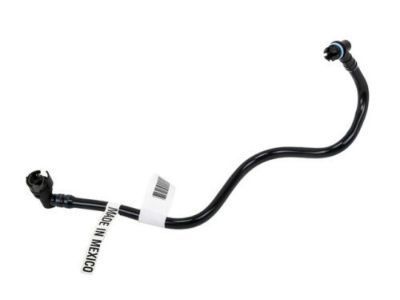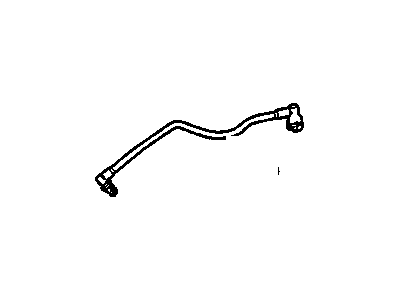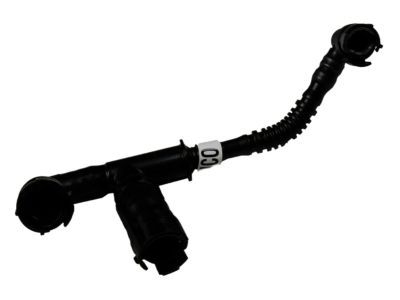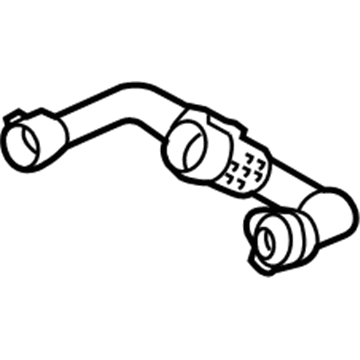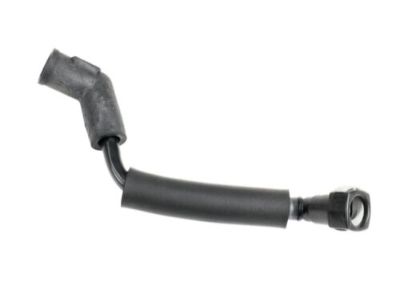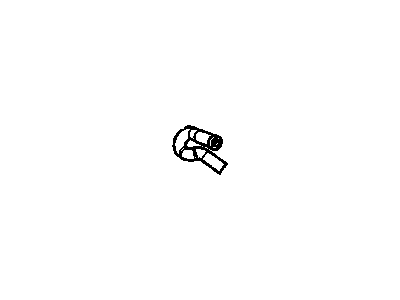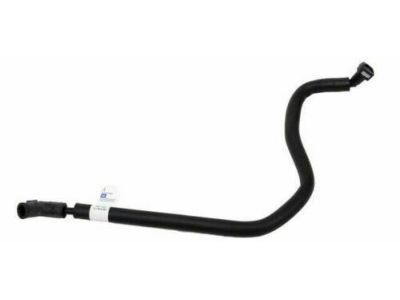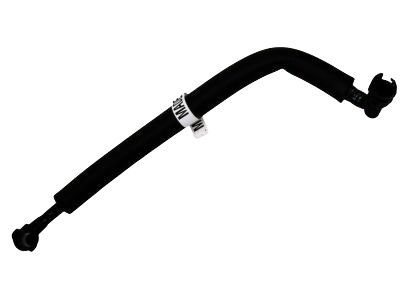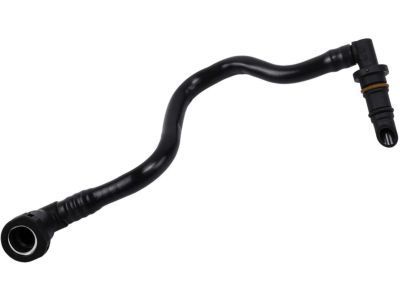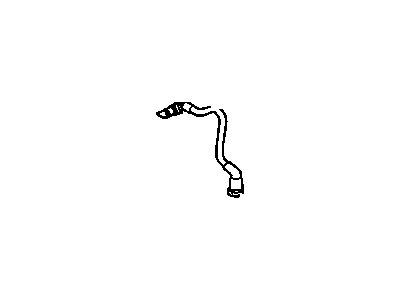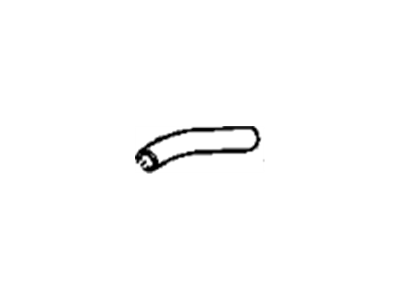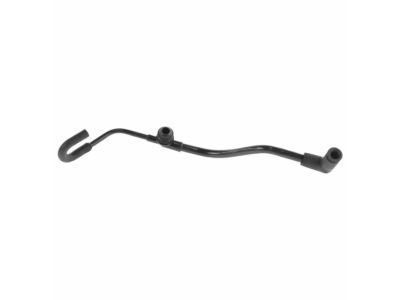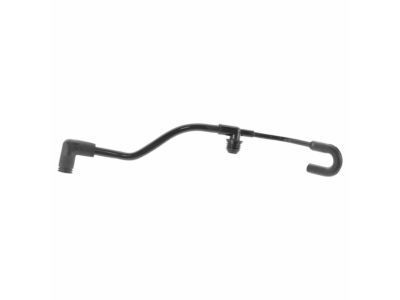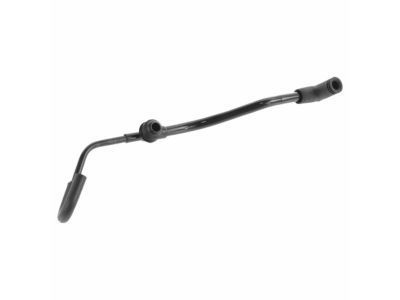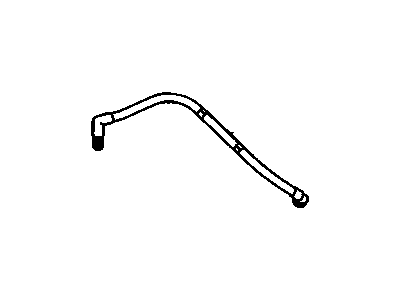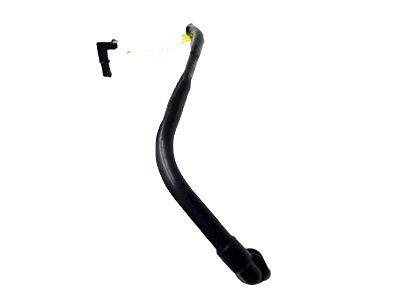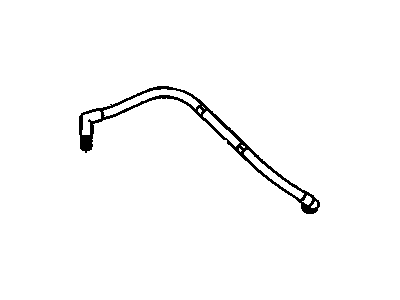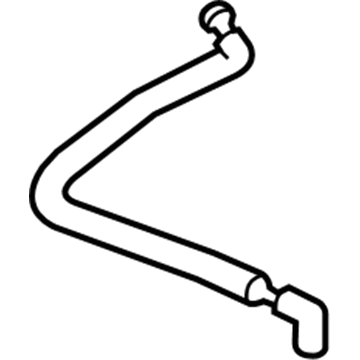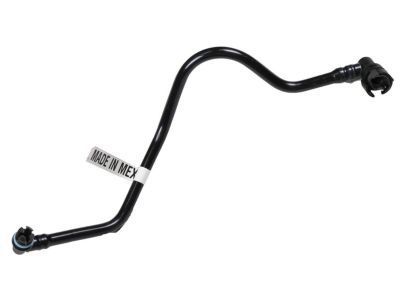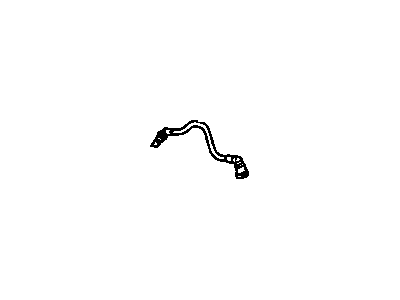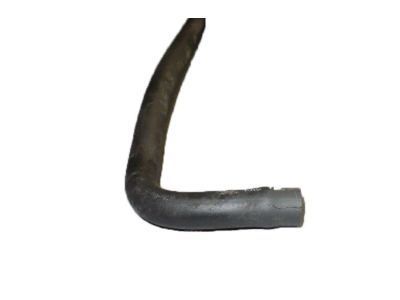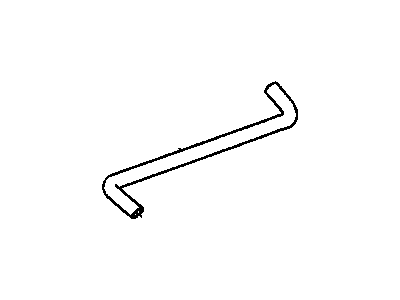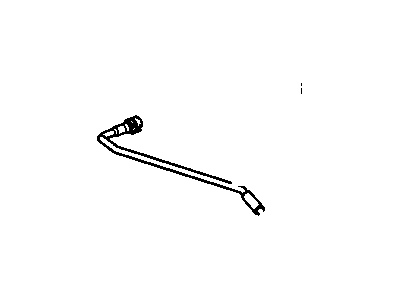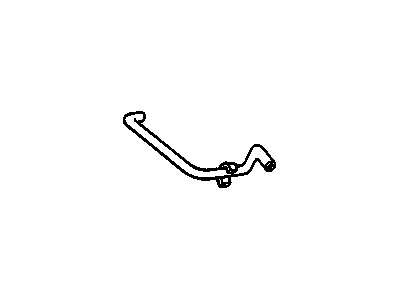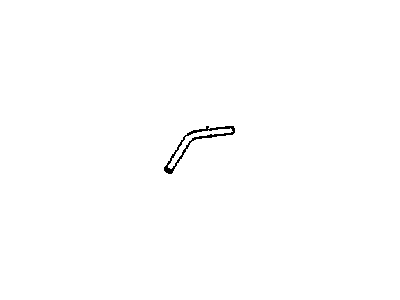
My Garage
My Account
Cart
Genuine Chevrolet Impala PCV Valve Hose
Positive Crankcase Ventilation Valve Hose- Select Vehicle by Model
- Select Vehicle by VIN
Select Vehicle by Model
orMake
Model
Year
Select Vehicle by VIN
For the most accurate results, select vehicle by your VIN (Vehicle Identification Number).
21 PCV Valve Hoses found
Chevrolet Impala Tube Assembly, Pcv (Fresh Air)
Part Number: 12655730$16.75 MSRP: $31.60You Save: $14.85 (47%)Ships in 1-2 Business DaysChevrolet Impala Tube, Pcv
Part Number: 12594779$11.51 MSRP: $21.72You Save: $10.21 (48%)Ships in 1-2 Business DaysChevrolet Impala Tube,Pcv
Part Number: 12643692$19.86 MSRP: $37.48You Save: $17.62 (48%)Ships in 1-2 Business DaysChevrolet Impala Tube,Pcv
Part Number: 12634292$11.10 MSRP: $20.94You Save: $9.84 (47%)Ships in 1-2 Business DaysChevrolet Impala Tube Assembly, Pcv
Part Number: 12590670$12.00 MSRP: $21.82You Save: $9.82 (45%)Ships in 1-2 Business DaysChevrolet Impala Hose, Pcv
Part Number: 12643296$4.67 MSRP: $8.82You Save: $4.15 (48%)Ships in 1-2 Business DaysChevrolet Impala Tube Assembly, Pcv
Part Number: 24508186$6.32 MSRP: $10.39You Save: $4.07 (40%)Ships in 1-2 Business DaysChevrolet Impala Tube Assembly, Pcv
Part Number: 24508188$7.36 MSRP: $10.61You Save: $3.25 (31%)Ships in 1-2 Business DaysChevrolet Impala Tube Assembly, Pcv
Part Number: 92276378$46.22 MSRP: $84.04You Save: $37.82 (45%)Ships in 1-2 Business DaysChevrolet Impala Tube Assembly, Pcv
Part Number: 92264687$17.84 MSRP: $29.53You Save: $11.69 (40%)Ships in 1-2 Business DaysChevrolet Impala Hose, Crankcase Vent Valve
Part Number: 12551389$4.57 MSRP: $7.20You Save: $2.63 (37%)
| Page 1 of 2 |Next >
1-20 of 21 Results
Chevrolet Impala PCV Valve Hose
Each OEM Chevrolet Impala PCV Valve Hose we offer is competitively priced and comes with the assurance of the manufacturer's warranty for the part. Furthermore, we guarantee the speedy delivery of your orders right to your doorstep. Our hassle-free return policy is also in place for your peace of mind.
Chevrolet Impala PCV Valve Hose Parts Questions & Experts Answers
- Q: How to Inspect and Replace Engine Hoses, Fuel Lines and PCV Valve Hose on Chevrolet Impala?A:Because of the high temperature level in the hood, rubber and plastic hoses that are utilized in engine, accessory, and emission systems wear out and crack, and should be checked frequently for cracks, loose clamps, material hardening, and leakage. Most hoses are held in place by clamps, and these should be checked for tightness to avoid leakage; where there are no clamps, check whether the hose has swelled or hardened at the fitting. The PCV system develops a path for crankcase blow-by gas by connecting a thin rubber hose from the crankcase to the intake manifold before the air-fuel mixture is actually ignited, so a PCV hose ought to be inspected for cracks or blockage. Vacuum hoses, if they are color-coded should be replaced with hoses of similar material and wall thickness and might as well remove and label the hoses for ease of reconnection. A partial list of what is visible through the inspection window on plastic T-fittings includes cracks and distortion of hoses associated with leakage, as well as vacuum hose tremors that cause vacuum leaks; to listen to the vacuum leak, insert a small piece of vacuum hose into the engine compartment and try not to move engine parts. Whereas working on the fuel system, one has to be very careful owing to the radioactivity of gasoline; should wear fuel-resistant gloves and safety glasses besides noting the availability of minimum Class B fire extinguisher. Looking for signs of wear especially at bends and fittings to flexible fuel lines and only use the fuel lines that is suitable for the fuel injection system when replacing them. Such connections as spring type clamps should be replaced with screw clamps and special tools may be required for couplings having spring lock type. Wireing should be checked for bends, crimps or cracks where it is used between the fuel pump and the fuel injection unit; seamless steel tubing for replacement as copper and aluminium are lack strength. Also, metal brake lines should be inspected for signs of cracks and looseness of the fittings though any sign of brake fluid leakage will call for further examination of the brake system.
Related Chevrolet Impala Parts
Browse by Year
2020 PCV Valve Hose 2019 PCV Valve Hose 2018 PCV Valve Hose 2017 PCV Valve Hose 2016 PCV Valve Hose 2015 PCV Valve Hose 2014 PCV Valve Hose 2013 PCV Valve Hose 2012 PCV Valve Hose 2011 PCV Valve Hose 2010 PCV Valve Hose 2009 PCV Valve Hose 2008 PCV Valve Hose 2007 PCV Valve Hose 2006 PCV Valve Hose 2005 PCV Valve Hose 2004 PCV Valve Hose 2003 PCV Valve Hose 2002 PCV Valve Hose 2001 PCV Valve Hose 2000 PCV Valve Hose 1996 PCV Valve Hose 1995 PCV Valve Hose 1994 PCV Valve Hose 1985 PCV Valve Hose 1984 PCV Valve Hose
